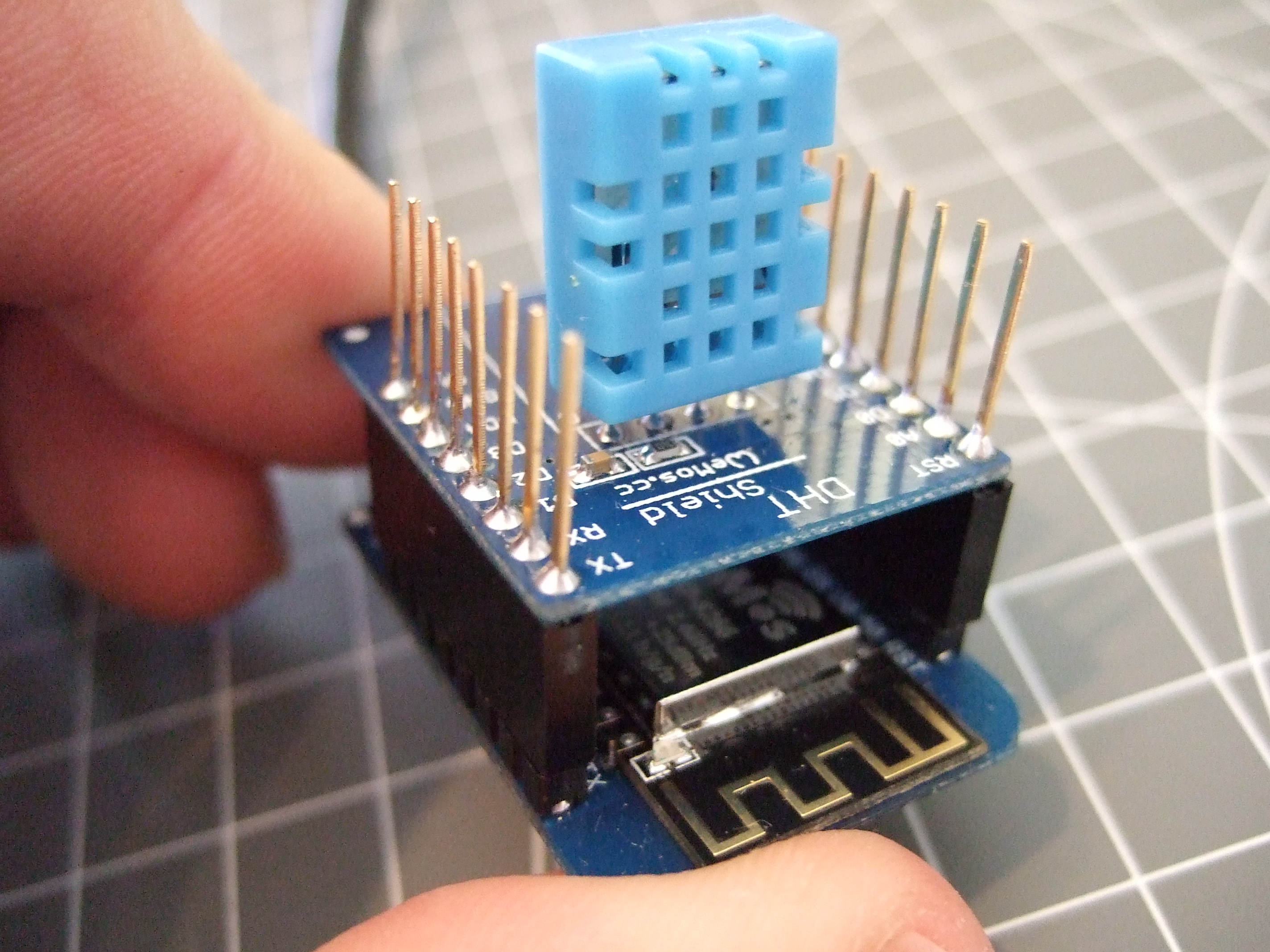

As such, you’ll find that MQTT is a core technology behind many cloud-based “IoT platforms”, including the offerings of IBM, Amazon, Microsoft, Adafruit, and many others. MQTT's designers had resource-constrained devices (such as sensors) in mind it’s a “thin” protocol, and easier to implement compared to, say, HTTP. It’s just as important to understand why you’d want to use a technology over another (or none at all). Photo by Caleb Martin / Unsplash Why MQTT? There’s certainly more to it than just the above-but that’s the nutshell, and I’m calling it good. Or perhaps a multi-level wildcard such as bob/#, which would subscribe to any topic beginning with bob/.Ī “topic per client” is merely a convention for sake of our example.

Client ray could use a single-level wildcard such as bob/sensor/+, which would receive messages published on bob/sensor/humidity and bob/sensor/temperature. If client bob had another sensor which reports the relative humidity, it may publish this data under the topic bob/sensor/humidity. ray can then do whatever it needs with its data. Finally, when bob publishes on this topic, the broker notifies ray, and ray receives the message.
Mqtt enter deepsleep series#
It may publish on a topic such as bob/sensor/temperature, and the message would be the data, e.g., 68.75.Īnother MQTT client, ray, may want to listen for temperature data so we can display it as a time series graph on a dashboard ray would tell the broker it wishes to subscribe to the bob/sensor/temperature topic. You have an MQTT client-perhaps a device with a temperature sensor-called bob which wants to publish temperature data. Interested clients will subscribe to this topic. As is vital to the publish/subscribe pattern, a message’s publisher doesn’t necessarily care if anyone is listening. The broker is responsible for receiving published messages and (possibly) delivering them to interested clients.Įach message has a “topic”. A client needn’t be an IoT device, a web app, a desktop or mobile app, a microservice, or anything in particular, as long as it speaks MQTT.Īll clients connect to the broker. A client may publish messages, subscribe to messages, or both. In a typical setup, you have a single MQTT broker and one-or-many MQTT clients. Importantly, MQTT imposes no constraints upon the content nor structure of those messages. MQTT is a machine-to-machine protocol for publishing and subscribing to messages. If you’re unfamiliar with the concept, I’ll try to explain MQTT in a nutshell. In this part of the tutorial, we’ll take the data we gather with the sensor and publish it over MQTT. Used MicroPython to read the temperature.Build a circuit with a DS18B20 1-Wire temperature sensor.
Mqtt enter deepsleep how to#
In the first part of this excruciating tutorial, I taught the reader how to begin with MicroPython on an ESP32-based development board.


 0 kommentar(er)
0 kommentar(er)
